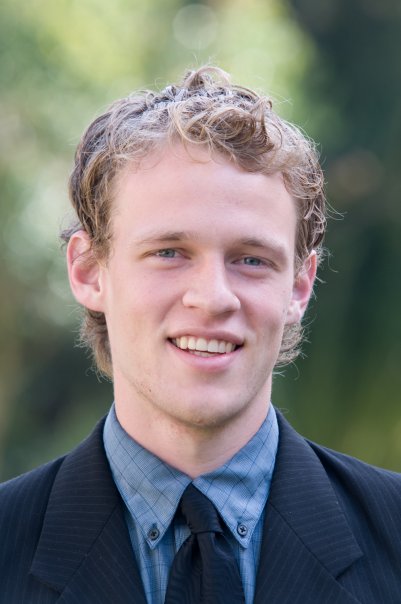About Me
I am a fourth year graduate student at the University of California, Davis working as part of the nuclear group with Manuel Calderon de la Barca Sanchez. While a Teacher's Assistant, I was a TA for the Physics 7 Series courses, as well as a TA for the Physics 9 Series.
Educational experience
After graduating High School from Rosslyn Academy, I went to Westmont College in Santa Barbara. While there, I double majored in Physics and Computer Science and minored in Mathematics. While there, I also played on the Westmont Rugby Team.
Research Experience
During two summers in College I did Nuclear Physics research with Dr. Warren Rogers, a Physics Professor at Westmont. The research was part of the MoNA (modular neutron array) Collaboration at the NSCL (National Superconducting Cyclotron Laboratory) at MSU (Michigan State University), and was focused on the study of the decay of super proton heavy nuclei.
After those summers, I became interested in Physics research, and applied for Graduate School. Due to my experience in Nuclear Physics research, UC Davis accepted me into their Ph.D program, and I joined the Heavy Ion Group there (Heavy Ion physics is an area of physics fitting between Nuclear Physics and High Energy Particle Physics). The Heavy Ion group at UC Davis does research with both the LHC (Large Hadron collider) at CERN (Center for Nuclear Research in French), and RHIC (Relativistic Heavy Ion Collider) at Brookhaven Laborotory, and so they gave me the choice of either spending some summertime near Long Island, or a year in Geneva, Switzerland. I decided to participate in the LHC project, and spent a year in Geneva doing research.
Research Interests
Currently, I am working at CMS (Compact Muon Solenoid) in the Heavy Ion group. My research is in a sentence "Studying and measuring signatures of the Quark-Gluon-Plasma formed in Heavy Ion collisions at CMS".
Just as when you take ice, and heat it up and apply added pressure, it will go from a solid to a liquid, to a gas, and then at some point to plasma, you can change the state of matter at the nuclear level. When you take lead particles, accelerate them to extremely high speeds/energies, and crash them together, the extremely high energy and density in the center of the collision forms a new state of matter called the "Quark-Gluon Plasma" which can be thought of as a "soup of quarks and gluons" (usually quarks and gluons are only found bound together inside of a nucleus or a type of particle called a meson). This state of matter, is the state of the universe at ~10^-6 seconds after the Big Bang.
So, I'm studying the signatures for the formation of this new state of matter, which allows us to determine at what point this new state of matter is formed, as well as allowing us to measure properties of this state of matter. Specifically, I am in the dilepton group, studying the production of the Z boson decaying in both the dimuon and dielectron leptonic channels. Since the Z boson does not interact strongly with the medium, the Z and the lepton decay products are expected to pass unmodified through the medium, allowing it to act as a "standard candle" for QGP measurements.
For more information on the research of the UCD Nuclear Group visity the group's webpage.
